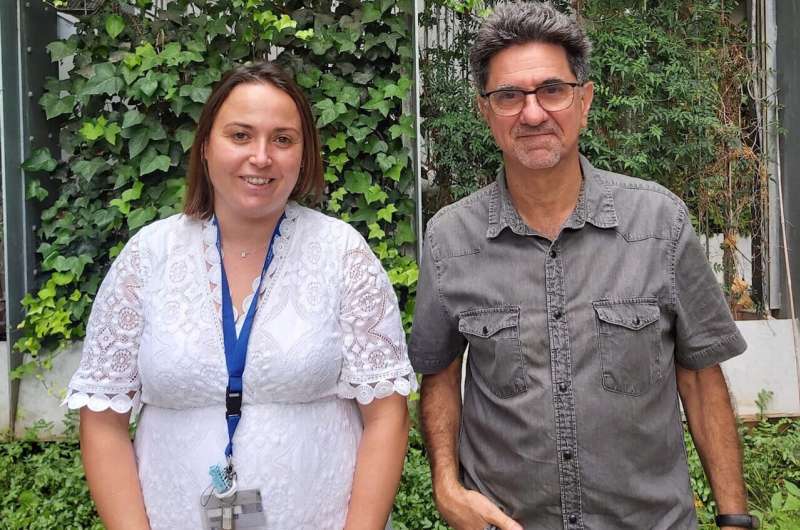Changes in 300 genes could contribute to the maternal behaviour of mice

A research team from the University of Valencia and the Jaume I University of Castellón shows an increase in the expression of 197 genes in mother mice, and a decrease of 99, when compared with virgin females in contact with offspring. These results demonstrate changes related to maternity that could be related to the maternal defense behavior of the offspring against males. This work opens the doors to new research focused on the role of these gene expression changes in the brain during motherhood.
The article, published in The FASEB Journal, has studied the differences in gene expression between lactating mice and virgin females that coexisted with them and their young—called co-mothers –, in the medial amygdala, a key brain area in the regulation of emotional responses and which is involved in the recognition of congeners through pheromones.
"Our results open many questions about how the molecular changes that we have observed in the brain contribute to the physiological adaptations and behavioral changes that occur during such an important stage in the life of animals such as motherhood," explains researcher Carmen Agustín Pavón, from the Joint Research Unit in Functional Neuroanatomy of the Department of Cell Biology, Functional Biology and Physical Anthropology of the University of Valencia.
Mice, a species with very complex maternal behavior, show in the case of females a radical change in behavior with respect to males depending on the phase of the reproductive cycle in which they are. When they are looking for a mate, the males attract them through their pheromones. On the contrary, when the females are lactating their young, the male pheromones unleash very aggressive responses towards the intruding males in the females, as previous work of the group has shown. This aggressive maternal behavior is an adaptive response in nature, as males are infanticidal.
The new research has compared, using the RNA-Seq technique which allows a massive analysis of gene expression, the genes most expressed in the medial amygdala of lactating mothers with the genes most expressed in virgin females that had been in contact with the expectant mother and her offspring throughout pregnancy and the beginning of lactation. The co-mothers show behaviors of caring for the young, but never of aggression towards males.
The research data show a significant increase in the expression of 197 genes in the mothers. Among the most overexpressed are genes that encode hormones such as prolactin—in charge, among other things, of preparing the body for lactation during childbirth—, growth hormone or follicle-stimulating hormone—which stimulates the growth and development of ovarian follicles, among other functions. On the other hand, there are 99 genes that are expressed much more in co-mothers, such as inhibin hormones—regulating the release of the stimulating follicle, among other functions—or marker genes for neural activity. Finally, although no differences were found between the two groups of females, it has been discovered that genes encoding olfactory receptors are expressed in the medial amygdala, a finding that suggests the participation of their neurons in the chemoreception of internal metabolites.
This research was carried out by María Abellán Álvaro, Carmen Agustín Pavón and Enrique Lanuza from the Department of Cell Biology, Functional Biology and Physical Anthropology of the University of Valencia, by Manuela Barneo and Fernando Martínez from the Predepartmental Unit of Medicine of the Jaume I University, all of them from the Joint Unit for Research in Functional Neuroanatomy. Guillermo Ayala, from the Department of Statistics and Operations Research of the Faculty of Mathematics of the University of Valencia, is also the author of the work.
Massive sequencing techniques that reveal the presence and quantity of RNA in a reduced biological sample at a specific moment (RNASeq) have been used to carry out the study. In addition, the results on prolactin and growth hormone have been validated by quantitative PCR.
More information: María Abellán‐Álvaro et al, Motherhood‐induced gene expression in the mouse medial amygdala: Changes induced by pregnancy and lactation but not by pup stimuli, The FASEB Journal (2021). DOI: 10.1096/fj.202100163RR
Journal information: FASEB Journal
Provided by Asociacion RUVID




















